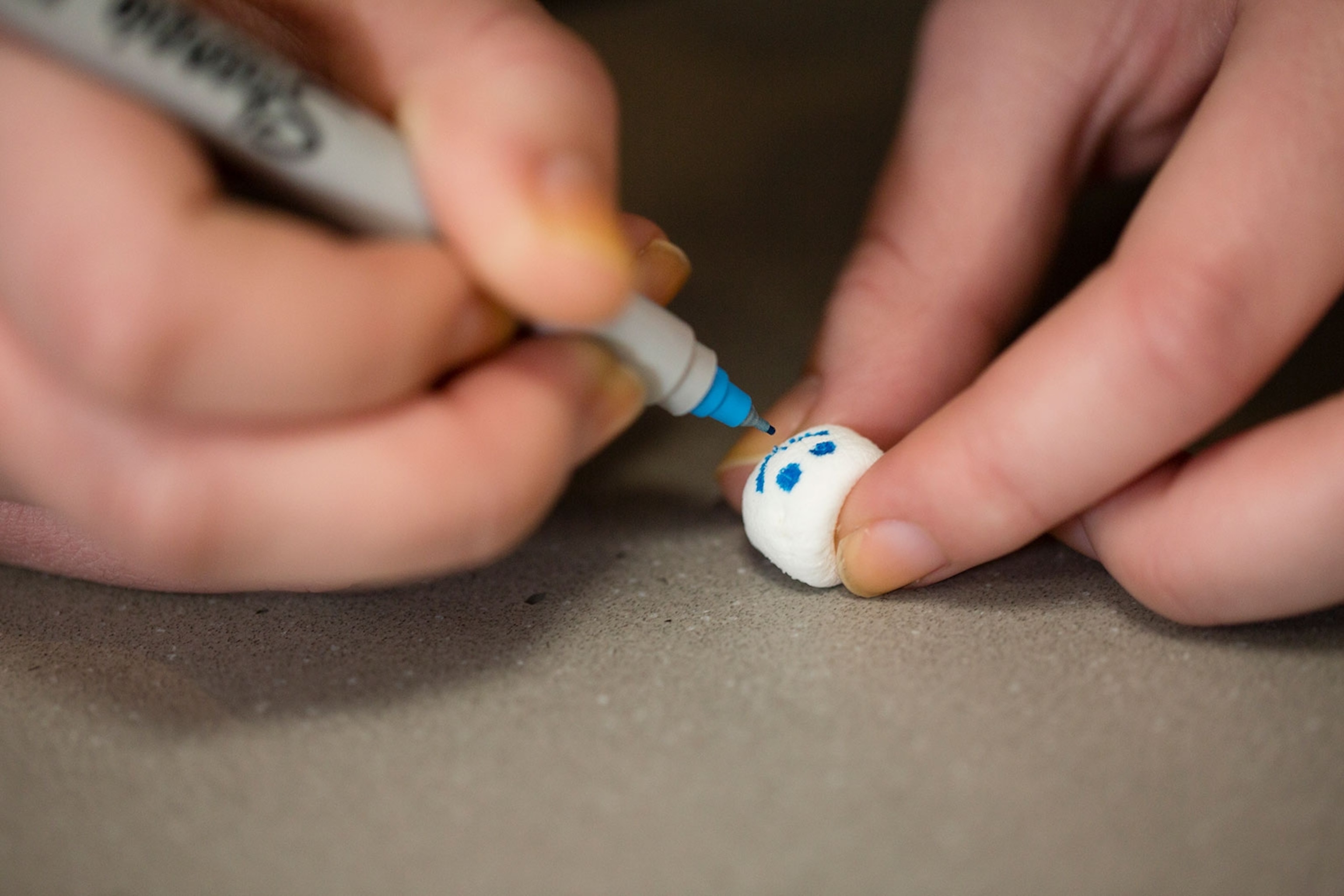3 easy science experiments
It’s really true—science can be fun! Engaging kids with hands-on experiments activates multiple parts of the brain, which means they’re more likely to retain what they’ve learned.
Color explosion

Children will actually watch a chemical reaction happen right before their eyes when they combine milk, food coloring, and dish soap for this experiment. Bonus: They can turn their “art” into a permanent exhibit! (Get the step-by-step instructions.)
Elephant toothpaste

Stand back! This fun and bubbly experiment combines peroxide, yeast, and other stuff to demonstrate catalysts and exothermic reactions. Watch the heat-producing mixture bubble and overflow for up to half an hour. (Warning: This experiment also produces heat and steam, and uses chemicals. Be sure to supervise your children while performing.) (Get the step-by-step instructions and watch the explosion happen in this video.)
Marshmallow madness

Make kids smart by eating marshmallows! Well, maybe not these marshmallows. But this science experiment help kids learn about the principle of pressure. Using a syringe and the mini-treat, young scientists will see the effects of air compression in a hilarious way. (Get the step-by-step instructions.)